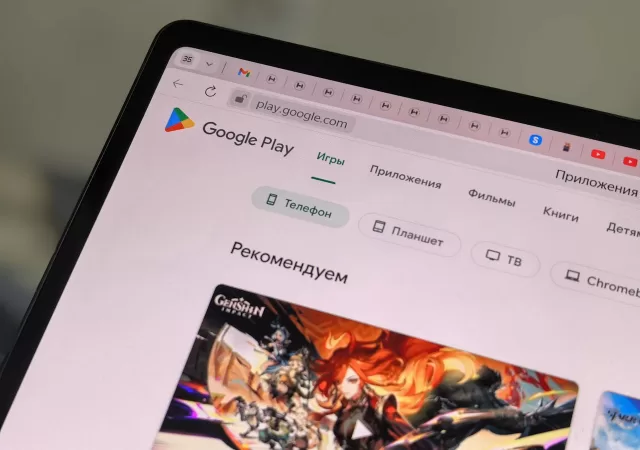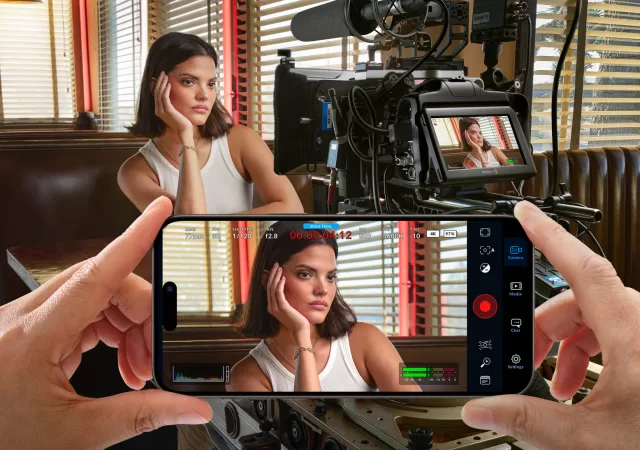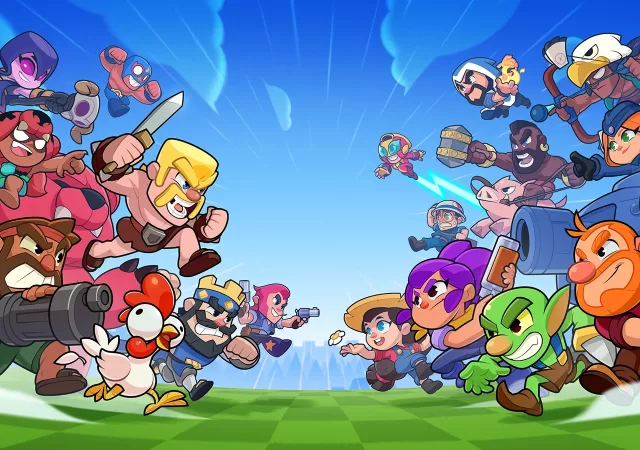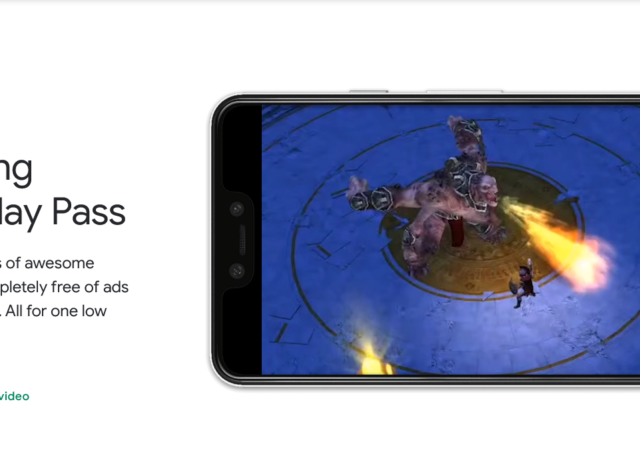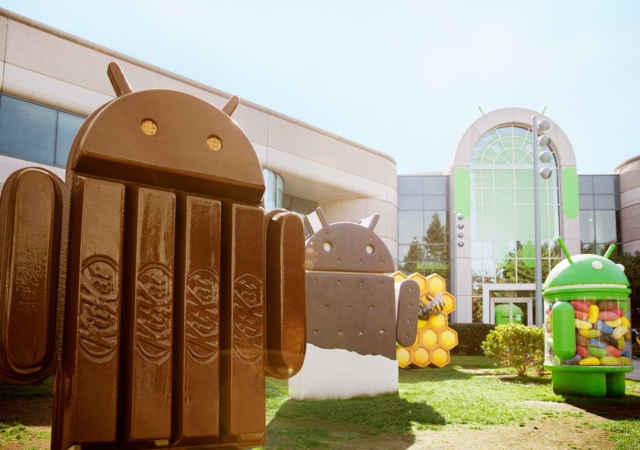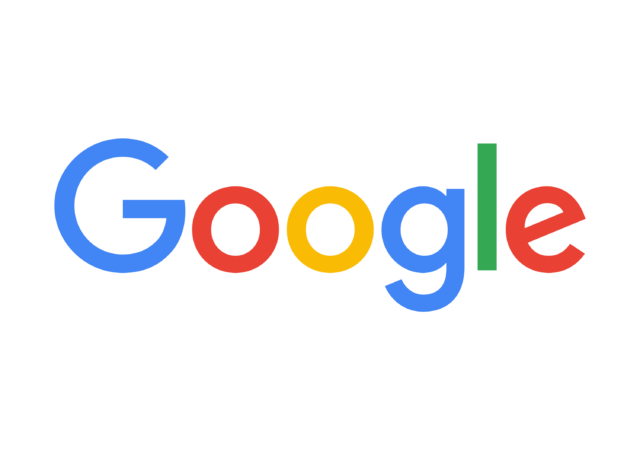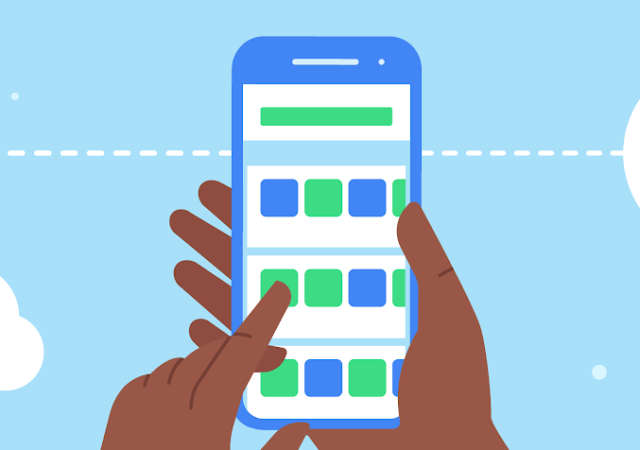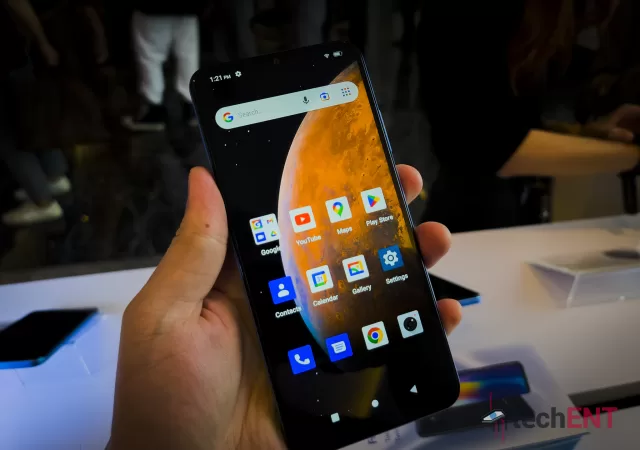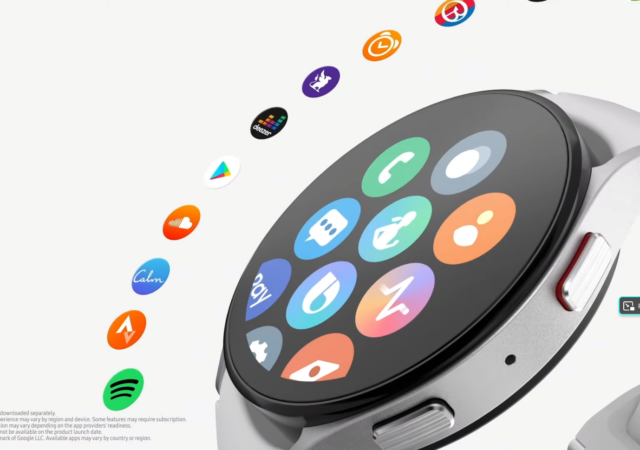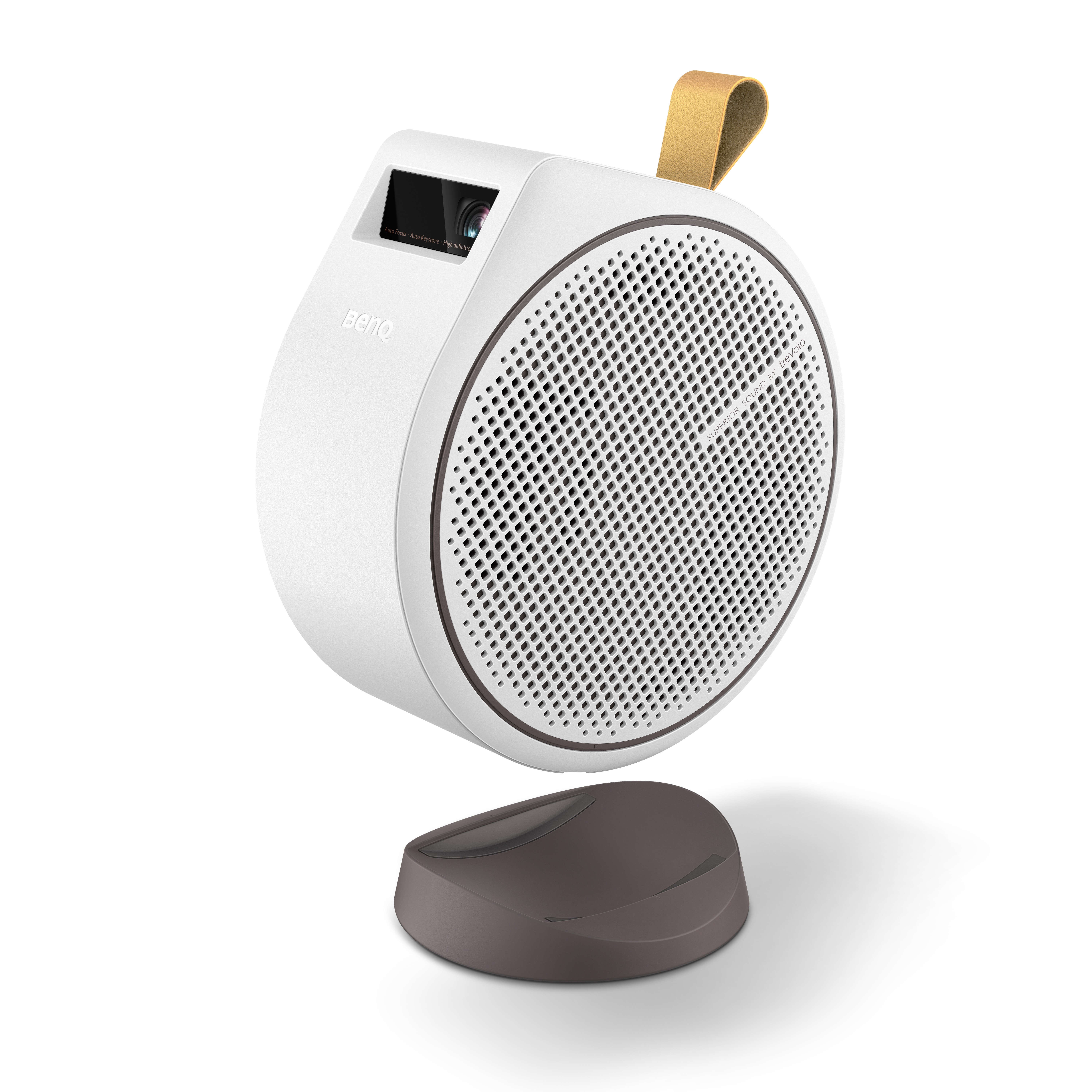Google might be forced to make sweeping changes to how the Google Play Store works as the U.S. Supreme Court rejects its motion to delay implementation of anticompetition remedies.
Blackmagic Camera App Now Supports Android Phones Including the Google Pixel 6 & Samsung Galaxy Phones
BlackMagic Design brings its robust camera app to Android with select smartphones getting fully supported for the next level of content creation on mobile.
Supercell Busts a Move with Global Launch of Party Action Game “Squad Busters”
Supercell’s latest game – Squad Busters – is going global! Play as your favourite characters from Brawl Stars and Clash of the Clans as you take on the new Battle Royale.
Google Play Pass Sneakily Launched in Malaysia
Google Play Pass has silently made its debut in Malaysia and will cost only MYR10.99 a month or MYR99 a year.
Android KitKat Takes Its Final Break as Google Play Officially Ends Support
Google’s dessert-themed Android update has become stale. Well, not really. It’s just that Google Play is officially ending support for devices running Android 4.4 KitKat. This doesn’t come out of the blue as Google has been actively retiring support for…
Google is Deleting Inactive Accounts in December 2023 – Save Yourselves, Log in Now!
Google is cracking down on inactive accounts. If your Google Account have been inactive for at least 2 years, Google will delete it.
Google Play Saves Your Storage by Archiving Your Least-Used Apps Automatically
Google introduces a new function to Google Play to help users manage their storage space by auto-archiving their apps.
You Can Soon Delete Your User Data from an App Thanks to Google
Google is introducing a new policy for developers on Google Play Store that allows users to delete their account data from the app.
Google Finally Looks At Optimising the Play Store for Wear OS
Google finally commits to creating a more optimised experience on Wear OS on the heels of its 3x user growth.
BenQ Launches World’s First Portable LED Projector, the GV30 in Malaysia
BenQ launches the GV30, the first mini portable LED projector with built-in battery and wireless functions at MYR 2,688.



